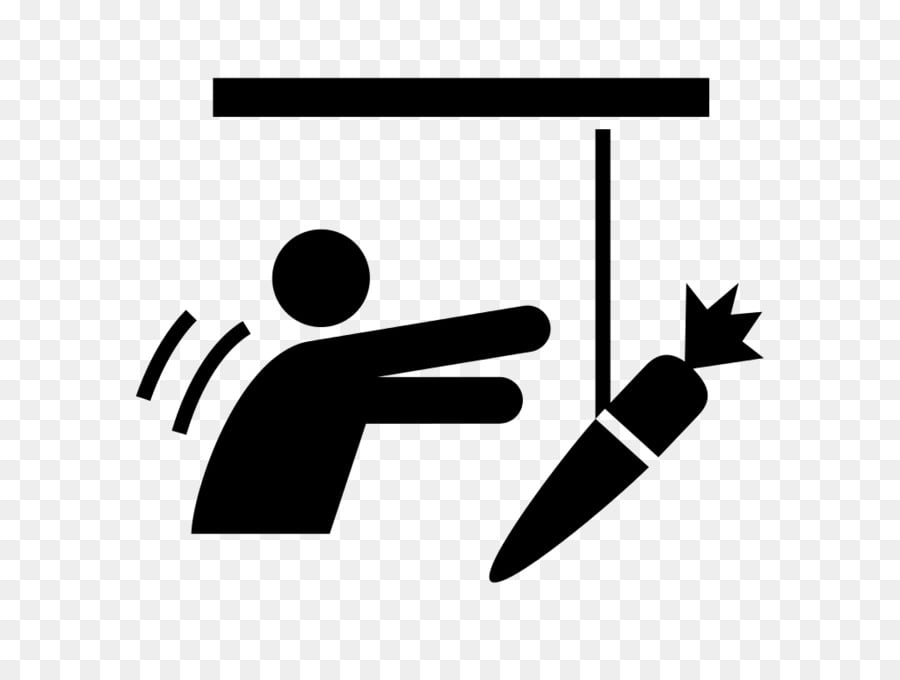Effective Strategic Communication: The Key to Alignment
In today's fast-paced and interconnected world, effective strategic communication is more important than ever for businesses to thrive and stay aligned with their goals. It serves as the bridge that connects different aspects of an organization, ensuring that everyone is on the same page and working towards a common objective. In this article, we will explore the power of strategic communication and its impact on business planning and strategic management.
- Clear and concise messaging: The foundation of effective strategic communication lies in delivering clear and concise messages that leave no room for misinterpretation. By using simple language and avoiding jargon, businesses can ensure that their employees, stakeholders, and customers understand their vision, values, and objectives.
Example: Let's take the example of Apple Inc., one of the most successful companies in the world. Apple's messaging revolves around innovation, simplicity, and user experience. Steve Jobs famously communicated their vision with the slogan "Think Different," which encapsulated their approach to technology and design.
- Alignment with organizational goals: Strategic communication plays a crucial role in aligning all levels of an organization with its overarching goals. By consistently reinforcing the company's mission and vision, businesses can ensure that every decision and action taken by employees contributes towards the desired outcome.
Example: Google's parent company, Alphabet, places great emphasis on strategic communication to align its diverse portfolio of businesses. Through regular internal communication channels, such as company-wide meetings and newsletters, Alphabet ensures that all its subsidiary companies, such as Google, YouTube, and Waymo, are aligned with its overall objectives.
- Engaging storytelling: Humans are wired to respond to stories, which makes storytelling an effective tool in strategic communication. By crafting compelling narratives that connect with the target audience emotionally, businesses can create a sense of purpose and inspire action.
Example: Airbnb's strategic communication revolves around the idea of belonging anywhere. Through their marketing campaigns and user testimonials, they tell stories of travelers finding a sense of home in Airbnb accommodations worldwide, fostering a community-driven experience.
- Two-way communication: Effective strategic communication is a two-way street, involving both transmitting messages and actively listening to feedback. By encouraging open dialogue and incorporating feedback into decision-making, businesses can foster a culture of collaboration and continuous improvement.
Example: Zappos, the online shoe and clothing retailer, places great emphasis on listening to their employees. Through regular surveys and town hall meetings, they gather feedback from their workforce and make improvements accordingly, resulting in a highly engaged and motivated team.
- Multi-channel approach: In today's digital age, businesses have a wide range of communication channels at their disposal. Utilizing multiple channels, such as emails, social media, and face-to-face meetings, allows organizations to reach a diverse audience and ensure their messages are received effectively.
Example: Coca-Cola, the global beverage company, leverages various channels to communicate with its customers. From TV advertisements to social media campaigns, Coca-Cola ensures that its brand messages are accessible across different platforms, catering to the preferences of its diverse consumer base.
- Tailored messaging for different stakeholders: Each stakeholder group has unique needs and interests, and strategic communication should cater to these variations. By tailoring messages to specific stakeholders, businesses can build trust, enhance relationships, and achieve mutual understanding.
Example: Tesla, the electric vehicle manufacturer, utilizes strategic communication to address the concerns and interests of its various stakeholders. Through regular updates on their website and public announcements, Tesla communicates its progress in sustainable transportation, addressing environmental concerns and investor interests simultaneously.
- Crisis communication: Effective strategic communication becomes even more critical during times of crisis. By promptly and transparently addressing any issues or negative events, businesses can minimize reputational damage and regain trust.
Example: Johnson & Johnson's handling of the Tylenol poisoning crisis in the 1980s serves as a prime example of effective crisis communication. They quickly communicated the issue, recalled the affected products, and implemented tamper-proof packaging, demonstrating their commitment to consumer safety and regaining public trust.
- Consistent messaging: Consistency is key in strategic communication. Businesses should ensure that their messaging is consistent across all channels and aligns with their brand identity. This consistency helps to build a strong and recognizable brand image.
Example: McDonald's, the global fast-food chain, maintains consistency in its strategic communication by using the same slogans, colors, and visual elements across all its marketing campaigns. This consistent branding allows customers to easily identify and connect with the McDonald's experience.
- Use of visual aids: Visual aids, such as infographics, videos, and images, can significantly enhance the impact of communication. By incorporating visuals, businesses can convey complex information in a more engaging and memorable way.
Example: Apple's product launches are known for their visually stunning presentations, incorporating videos and graphics to showcase the features and design of their latest products. These visuals create excitement and anticipation among their audience, generating buzz and driving sales.
- Training and development: Investing in training and development programs that focus on effective communication skills can greatly benefit organizations. By equipping employees with the necessary tools to communicate strategically, businesses can improve internal collaboration, employee engagement, and customer satisfaction.
Example: The online retailer, Amazon, prioritizes communication skills in their training programs. They provide their employees with comprehensive communication training, emphasizing the importance of clear and customer-centric communication to deliver exceptional customer experiences.
- Evaluation and feedback: Regular evaluation of strategic communication efforts is essential to ensure its effectiveness. By collecting feedback from stakeholders and analyzing communication metrics, businesses can identify areas for improvement and make data-driven decisions.
Example: Airbnb conducts post-stay surveys to gather feedback from their guests, enabling them to continuously improve and enhance their services. This feedback-driven approach helps Airbnb to refine their communication strategies and deliver an exceptional guest experience.
- Leveraging technology: Advancements in technology have revolutionized strategic communication. Businesses can leverage communication tools, such as project management software, instant messaging apps, and collaborative platforms, to enhance internal communication and foster alignment.
Example: Slack, a cloud-based collaboration tool, has become a popular choice for businesses to streamline their communication processes. It allows teams to communicate in real-time, share files, and integrate with other productivity apps, ensuring seamless collaboration and alignment.
- Cultural sensitivity: In a globalized business landscape, cultural sensitivity is crucial in strategic communication. Businesses should consider cultural nuances, language differences, and local customs to effectively communicate with diverse audiences.
Example: Nike's "Just Do It" slogan, which originated in the United States, was successfully adapted for the Chinese market as "Use Sports to Surpass Yourself." Nike's culturally sensitive approach allowed them to connect with Chinese consumers and establish a strong presence in the Chinese market.
- Continuous improvement: Strategic communication is not a one-time effort but an ongoing process. Businesses should constantly evaluate their communication strategies, adapt to changing dynamics, and seek opportunities for improvement.
Example: Netflix, the streaming giant, continuously improves its strategic communication efforts by analyzing user data and feedback. Based on this information, they tailor their recommendations and messaging to ensure a personalized and engaging user experience.
- Professional advice:
- Invest in developing a comprehensive communication strategy that aligns with your business goals and values.
- Foster a culture of open communication and encourage feedback from all stakeholders.
- Tailor your messaging to different audiences and use appropriate channels to reach them effectively.
- Train employees in effective communication skills to enhance collaboration and customer service.
- Regularly evaluate and analyze your communication efforts to identify areas for improvement.
- Embrace technology and utilize communication tools to streamline processes and enhance productivity.
- Be mindful of cultural differences and adapt your communication strategies accordingly.
- Emphasize consistency in messaging to strengthen your brand identity and recognition.
- Be transparent and proactive in addressing issues or crises to maintain trust and reputation.
- Incorporate storytelling techniques to create emotional connections and inspire action.
- Use visual aids to enhance the impact and memorability of your communication.
- Continuously strive for improvement and adapt to changing dynamics in the business landscape.
🌟 Effective strategic communication is the key to alignment in today's competitive business world. By employing clear messaging, engaging storytelling, and two-way communication, businesses can ensure that everyone is working towards a common goal. Leveraging technology, being culturally sensitive, and continuously improving are essential to staying relevant and thriving in an ever-changing environment. So, how do you ensure effective strategic communication in your business? Share your thoughts and experiences below! ✨






